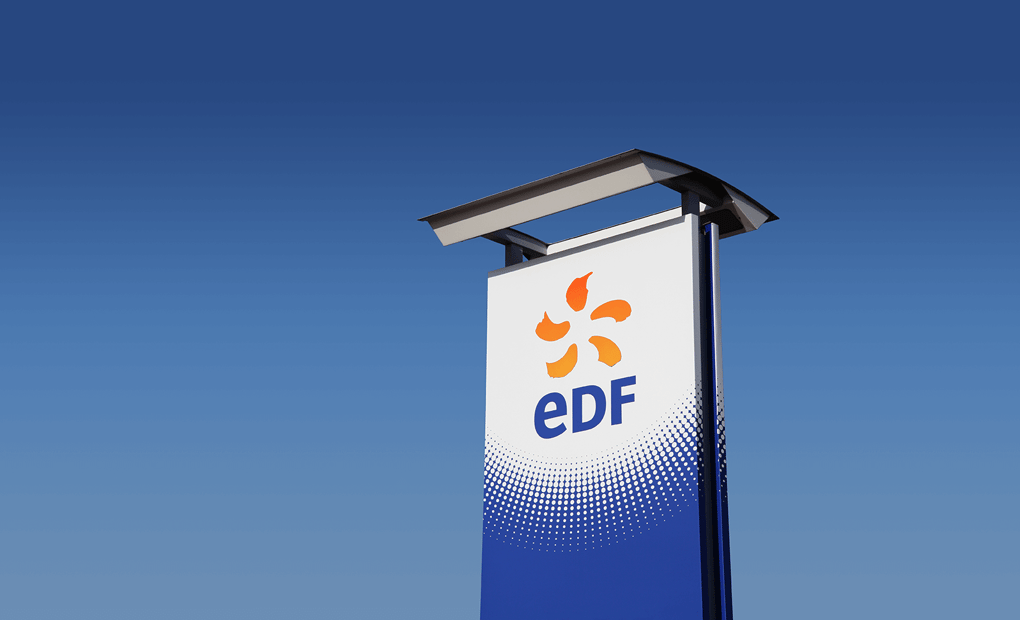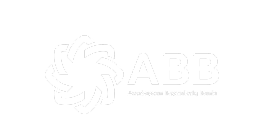
Client:EDF Energy
Region:Europe
Industry:Public Sector
EDF Energy Drives Continuous Improvement in its Financial Shared Services Center

£100K
in software license and development costs
70 hours
saved per month during the pilot stage
6X ROI
of time and money achieved through automating eight processes
Client Overview
EDF Energy is the largest supplier of low-carbon electricity in the UK. The Financial Shared Services Center provides transactional accounting services across EDF Energy's businesses.
The Financial Shared Services Center is at the heart of EDF Energy. It provides transactional accounting services across the company’s retail electricity, generation, nuclear and renewable energy businesses.
The center has a long-established continuous improvement program to ensure it always provides the best service to its internal customers. Robotic process automation (RPA) presented an opportunity to enhance this program. EDF Energy selected UiPath to increase the efficiency of the center’s operations and extend the services it could offer to other business support operations.

EDF Energy is the largest supplier of low-carbon electricity in the UK. The company employs around 12,500 people and is the biggest producer of electricity by volume in the UK and the largest electricity supplier to UK businesses.
With this and over five million domestic product accounts, and one of Europe’s largest infrastructure projects at Hinkley Point C, effective financial operations are a key part of delivering an excellent customer experience. The Financial Shared Service Center must deliver highly efficient operations to meet the needs of EDF Energy’s businesses.
Robert Gilhooly, Director of the Financial Shared Service Center, explains: “Continuous improvement is vital to us, but there are only so many ways that you can make a process more efficient and cost-effective. We realized that robots would allow us to automate many repetitive parts of our processes and support our staff by removing some of the mundane activities from their workload. We had been watching RPA technology, and it seemed sufficiently robust that we felt it could deliver the benefits we were looking for.”
UiPath allowed us to purchase a single Robot and then add Robots one at a time after that. This made it very affordable for us to move into proof of concept and pilot stages quickly.
Robert Gilhooly • Director of the Financial Shared Service Center
Selecting the right RPA platform
The company’s Customer business has established a robotics center of excellence (CoE) to help automate its back-office processes. This helped convince Gilhooly that there was merit in introducing robots into the Financial Shared Service Center. However, it also assured him that it was something that the center should do itself.
“The automation needs of the customer service team and ours are quite different. While they were looking first at back-office processing and at very high-volume processes, which are in many cases outsourced, we wanted to automate to help people in support functions, including ours, do their job more effectively and efficiently. We wanted an RPA solution that could deliver this,” says Gilhooly.
There were two key criteria when selecting the RPA platform. First, it had to be affordable so that the center could start small and grow cost-effectively over time.
Secondly, it had to be easy to use so that the team could quickly become self-sufficient. After evaluating the market, EDF Energy selected the UiPath Enterprise RPA platform as it provided the best combination of functionality and value.
Gilhooly comments: “Unlike other vendors where we were looking at buying multiple licenses, UiPath allowed us to purchase a single Robot and then add Robots one at a time after that. This made it very affordable for us to move into proof of concept (PoC) and pilot stages quickly. Also, UiPath seemed very straightforward to learn, and the company offered excellent training and support to enable us to build our RPA capability.”
As well as automating its own processes, the Financial Shared Service Center saw that it could begin to market its RPA expertise to other support centers within the company—such as human resources (HR) and Information Technology (IT)—that had similar processes but didn’t want to build the RPA capability in their own departments.
Getting started
The center wanted to build a PoC that could also be rolled out into a live system to deliver continuing value to the company. After discussions with the management team, the process for handling manual journal entries was selected as the pilot. It was labor intensive and involved several different systems—including enterprise resource planning (ERP), spreadsheets, email and shared network folders—to complete.
We estimate that the new automated process will save us £50,000 each year through the reduction of peak workload. It also frees up time within the team and means that we can handle month’s end without extending overtime or hiring extra staff.
Robert Gilhooly • Director of the Financial Shared Service Center
A journal records every financial transaction that’s made within areas such as sales, purchases, and payments. Every time a new transaction was entered into a journal, it had to be reviewed by a member of the center’s team. If the transaction was correct, it was entered into the company’s ERP system or returned to the originator if incorrect.
The ERP system would also check for errors and reject if any were found. This process was repeated until the entry was correct and the team member could ‘park’ the entry for another team member to approve and ‘post’ the updated journal.
For a company like EDF Energy, there are a substantial number of journals being created and amended, with activity often concentrated around the end of the month. The team found that the journal entry process consumed 70 labor hours each month, but as this was mostly concentrated throughout a week, it took the equivalent of two staff members working solidly on this one task.
The center worked with PwC to develop a Robot that helps automate parts of the process. The team member still reviews the new journal entry, but now the Robot picks up the entry, automatically checks that it is in the correct format for the ERP system, and inputs the entry.
If there are any errors identified by the ERP system, the Robot takes a screenshot of the error and emails it to the originator. If the entry is correct, then the Robot posts the journal.

Learning to benefit from RPA
The pilot was live within six months and proved that UiPath Robots could easily work with multiple systems and provide good support for the center’s team. The relative ease of developing routines for the Robot means that it is now processing double the volume of work that was initially expected.
The first Robot has performed so well that the center has purchased a second Robot to help process its workload more efficiently during peak times and to meet the interest from other support functions for RPA services.
Now, the Robot can do all the data collation overnight, and the staff member has the data at their fingertips to be productive as soon as they reach the office.
Robert Gilhooly • Director of the Financial Shared Service Center
Gilhooly says: “Using UiPath, we have flexibility as any process can be applied to any Robot, so we can deploy workload as we require. In addition, our extra Robot allows us to cope when the volume of a given process suddenly increases exponentially.”
The pilot also proved how easy the UiPath Enterprise RPA platform is to learn and use. While PwC was developing the initial POC, the center employed its own RPA resource. The intention was for the center to become self-sufficient over time, but it had, in reality, become self-sufficient by the time the pilot was delivered.
“The choice for our Robot wrangler came down to someone with RPA experience or someone with little knowledge of robots but incredible curiosity and the willingness to learn,” says Gilhooly. “We chose the latter, and it’s probably one of the best decisions we made. Our new staff member was up to speed with RPA in two months and started to look at how Robots could be applied to other things we do.”
“The great thing about UiPath is its advanced features that allow you to take automations even further, so you can focus on innovation and not worry about software limitations.”
This ability to apply Robots to new challenges has quickly become important for the center and beyond. Once the staff learned that Robots could help them do their job more efficiently and allow them to focus on the skilled, knowledge-centric aspects of their role, they have been quick to suggest other processes where Robots can bring improvements.
“We’ve followed the LEAN methodology for many years, so our people are used to challenging everything we do. When they saw what benefits the Robots brought to the journal entry process, staff began to suggest new applications to make their life better. Since we completed the pilot, we have automated another eight processes, and there’s a list of another 40 or so ideas on where we can go next,” says Gilhooly.
Reaping the rewards
The center has found the Robots to be most productive when they remove tasks that burn a good deal of time from a staff member’s day. It has focused on processes where there is wasted time as a priority for automation.
The eight processes that have been automated include the transfer of accounts payable data directly into the ERP system and tax, where data had to be gathered from different systems before analysis in support of tax calculations could be undertaken.
The great thing about UiPath is its advanced features that allow you to take automations even further, so you can focus on innovation and not worry about software limitations.
Robert Gilhooly • Director of the Financial Shared Service Center
“Looking at the tax calculations, it would take up to four hours to pull all the data together to start the actual analysis. A staff member could begin the data collection process at 9 AM, and by 1 PM they were ready to begin the actual work. Now, the Robot can do all the data collation overnight, and the staff member has the data at their fingertips to be productive as soon as they reach the office,” says Gilhooly.
In all, Gilhooly estimates that together, the eight automated processes have delivered a six-times return on investment (ROI) regarding time and money.
In the case of a new planning system, applying RPA has saved the company over £100,000 in software and development costs. The Robot has removed the need for data interfaces to the new system and has the flexibility for the company to rapidly change the data feeds—such as adding a new field—quickly and cost-effectively without affecting operations in any way.
The success of RPA within the Financial Shared Service Center is beginning to bear fruit, as the center’s activities have attracted interest from other financial functions, as well as the IT and HR departments.
“Once other functions understand the benefits they are keen to discuss how the Robots can help improve their processes. We’re now at the point where we have to carefully manage expectations, so we can continue to build on our achievements and bring the potential of RPA to more people across the business,” concludes Gilhooly.
Related case studies
Ready for your own case study?
Speak to our team of knowledgeable experts and learn how you can benefit from agentic automation.






